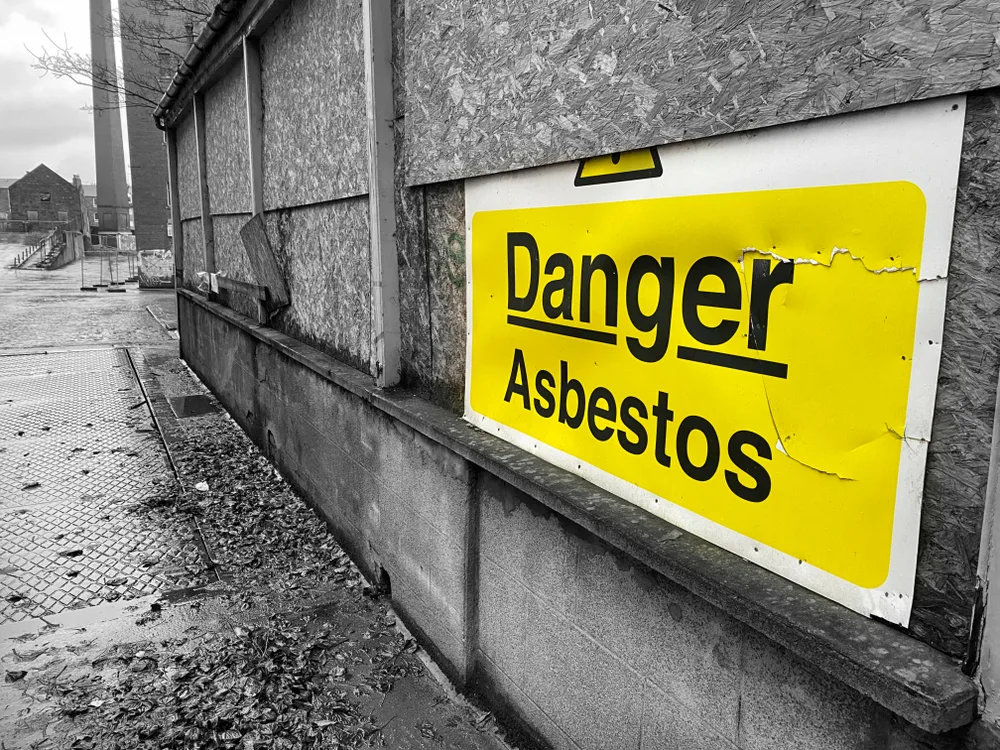November is Lung Cancer Awareness Month. We spoke with American Lung Association Executive Director Kristen Young about the ALA’s exciting lung health initiatives and the importance of raising awareness.
This November, the American Lung Association hopes to spark the conversation about lung cancer. November is Lung Cancer Awareness Month, and the ALA is working hard to raise awareness of a disease mired in stigma. As part of that education, the organization’s Saved by the Scan campaign encourages individuals to get screened for lung cancer early and often.
“For us, Lung Cancer Awareness Month is continuing to spread the message of Saved by the Scan. On the whole, it’s continuing to push the message that lung cancer is the number one cancer killer, and that it’s not just a smoker’s disease,” said Kristen Young, Executive Director of the American Lung Association.
Far too often, individuals conflate lung cancer with a smoking history, Young said. In fact, though smoking remains the number one cause of the disease, exposure to radon — a radioactive gas found in homes across the United States — is the second leading cause, she said. Another percentage of individuals diagnosed with lung cancer report no smoking history and have not been affected by radon; for this group with “unknown causes”, research funding is of the utmost importance.
Because lung cancer is frequently diagnosed at a late stage, mortality rates can be intimidatingly high. Symptoms are often mistaken for bronchitis, a cold, or simply a persistent cough, and by the time the cancer is identified, patients are in late stages with fewer treatment options. Young hopes to increase visibility of these symptoms and encourage patients to ask their doctor about lung cancer if they persist. The statistics are staggering when it comes to early detection, which gives patients the benefit of more numerous treatment options that are more likely to be effective.
“We want people to say, ‘I should talk to my doctor about this’, even if it feels like it’s coming out of left field. The chance of survival is so much greater if it’s caught in an early stage. The likelihood of surviving five years or more improves to 56% if lung cancer is caught in early stages before it spreads,” Young said.
Additionally, if the more than 8 million people who qualify as “high risk” individuals received lung cancer screenings, over 25,000 lives would be saved this year alone, Young said. Symptoms like a nagging cough or bout of bronchitis that last more than two weeks should be addressed, and patients who have a history of smoking should take extra care to ask their doctor about screenings.
With their LUNG FORCE campaign, the ALA focuses specifically on women, for whom lung cancer is the number one cancer killer. When LUNG FORCE began, the organization found that only 1% of the polled general public believe that lung cancer was a health risk for them. Young hopes to increase visibility and education so that women seek preventative measures for lung cancer with as much frequency and awareness as they do breast cancer.
“We’re trying to move the needle, not to scare the general public, but to bring awareness so that people aren’t afraid to have the conversation,” she said.
This month, the ALA will continue its mission of sharing stories from lung cancer patients and caregivers in order to encourage early detection and break through the stigma. By putting faces to names and humanizing the disease, Young hopes that more people will understand the magnitude of lung cancer’s effects.
“Part of the basis for our campaigns came from the question of how to build the community of patients and survivors to share their story. Our hope is that patients feel less alone and that they have the resources to really get the word out,” Young said.
In order to reduce stigma, it is crucial to address the fact that lung cancer affects everyone, not only smokers. While smoking remains the leading cause of lung cancer, millions of nonsmokers contract the disease each year. Removing the stigma and blame from lung cancer could create a shift in the way patients address their illness without shame. In the absence of this guilt, Young hopes that more patients will feel empowered to seek early screenings and become their own advocates.
“While smoking is certainly the number one reason that people get lung cancer, that doesn’t mean that they deserve to get lung cancer or that they are any less in need of treatment and continuing to live their lives in its best quality,” Young said.
The Saved by the Scan initiative offers patient guides with doctor conversation checklists, resources to find facilities offering scans, insurance guides, and more on the ALA’s website. Visit savedbythescan.org and lungforce.org for more information.



